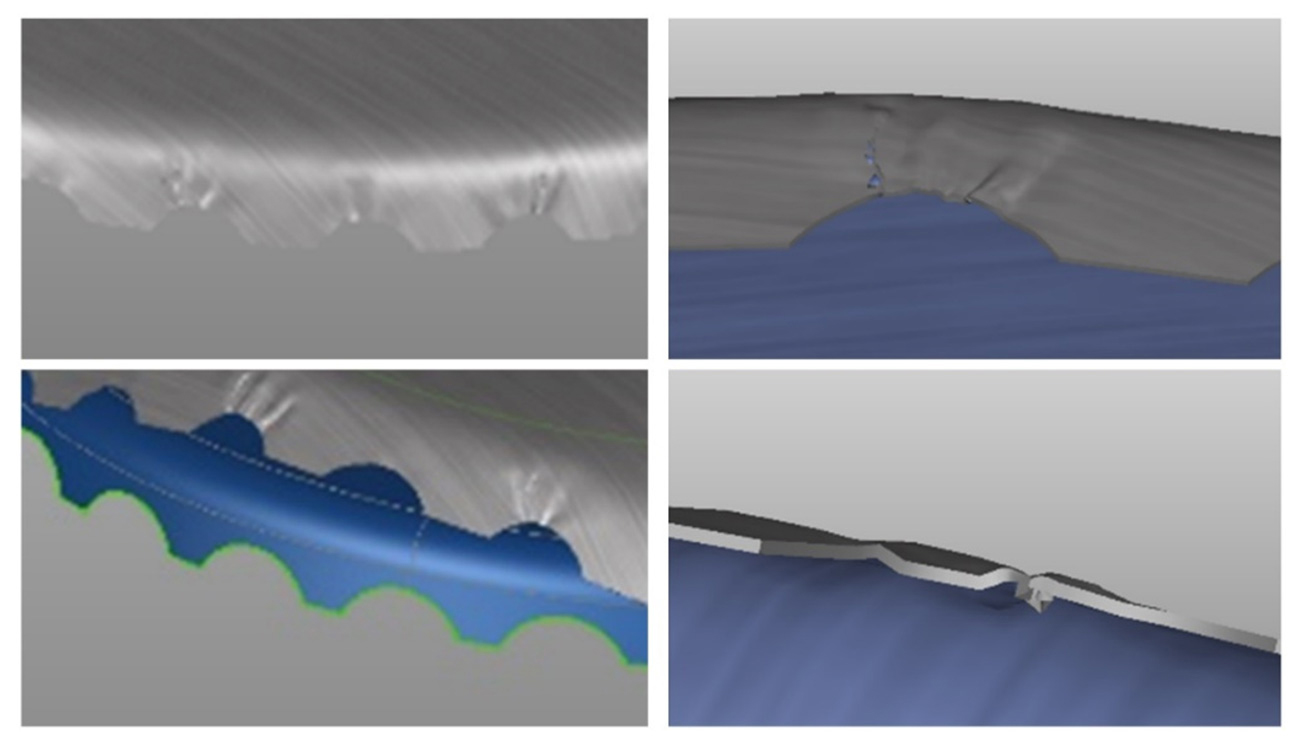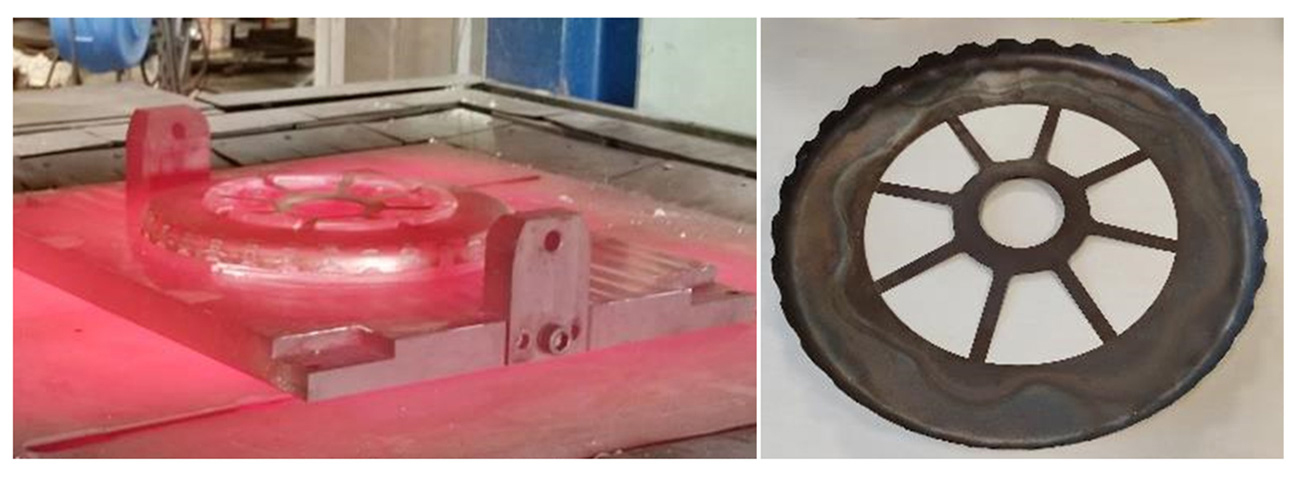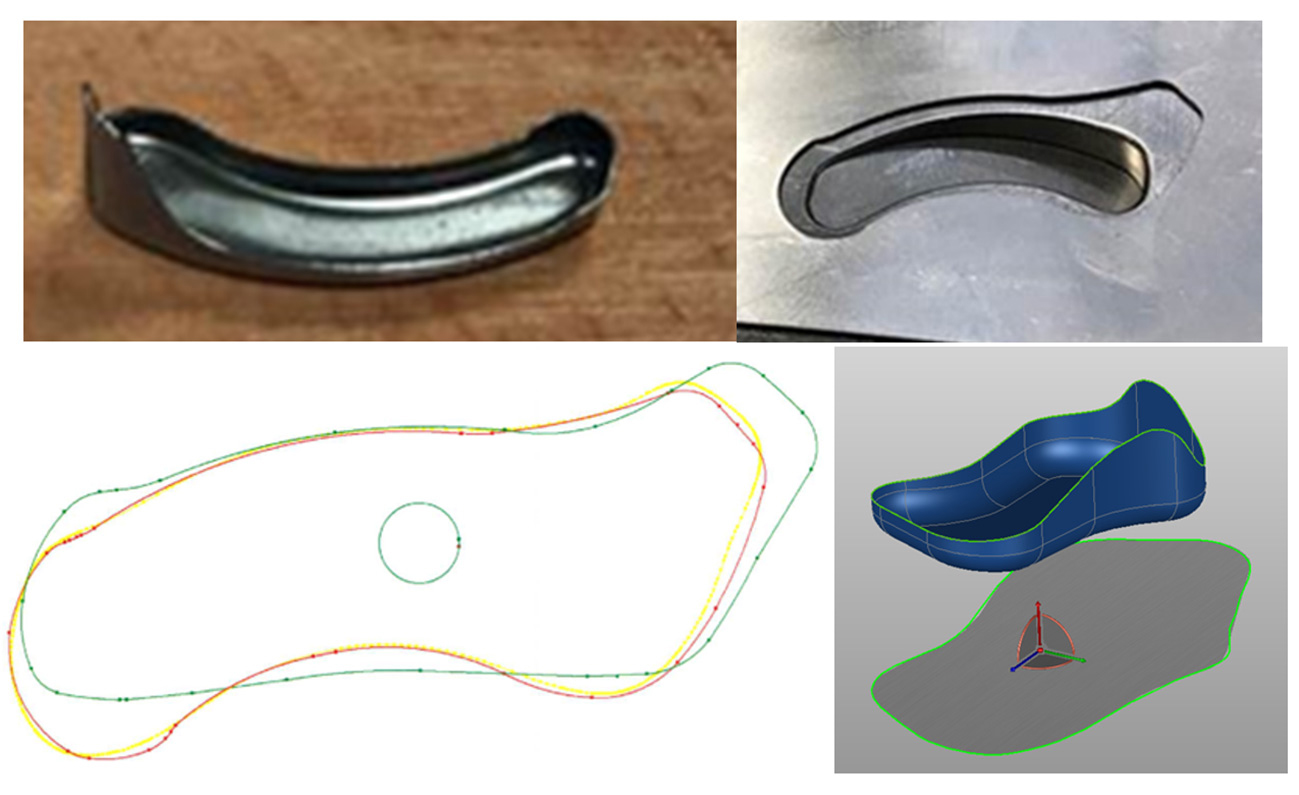In this article, Jeremy Pion, the Head of Technical Services at LAUAK, describes the importance of simulation for both product and process design, and how it helps his company to generate significant savings and gain a better understanding of their processes.
The LAUAK Group is a tier one and two supplier for prestigious aircraft manufacturers and OEMs such as Airbus, Dassault Aviation, Spirit, Bombardier, and Liebherr. With headquarters located in Hasparren in the Southwest of France, the company has 450 employees and ten production sites worldwide — five in France, two in Portugal, one in Mexico, one in Canada, and one in India. Our activities encompass sheet metal forming and touch-up, machining, assembly, piping, and mechanical welding.
Since the adoption of AutoForm in 2020, we have been providing simulation analyses for the rest of the LAUAK group. This achievement is largely due to the efforts of Thierry Otharan, the Tooling Leader and primary AutoForm simulation user, and Daniel Elisseiry, the Industrialization Manager, who have been advocates for simulation from the outset. The benefits of simulation we experience today are a result of their work.
At LAUAK, we use various press technologies, including rubber, flexforming, hot forming, and superplastic forming, each with their own unique specifications and tool types. With digitalization, we can evaluate all possible processes through physics-driven simulation, compare them, and ensure that the best technical solution is chosen.
Recently, we had a customer who required a material swap and modification of an existing process. The customer wanted to move from six operations with a cutting step in the middle of the process to a simpler process with only five operations, ending with a laser cutting. It usually takes us several years to find a suitable solution for such a complex mix of modifications. We evaluated four different processes and with the help of simulation, we were able to identify the most suitable process quickly. This would not have been possible without AutoForm.
Another customer wanted us to produce their part via cold forming. However, using simulation, we showed them that hot forming was a better option. Cold forming resulted in a lot of wrinkling and geometric issues at the end of the process, as shown in Fig. 1.

Fig. 1: Wrinkles and geometric issues from the cold forming investigation
Our simulations confirmed that a hotforming process could produce the part without wrinkles and within tolerance (Fig. 2). The simulation results proved to be an efficient communication tool for conveying this solution to our customers.

Fig. 2: Part produced via hot forming, easily, without wrinkles and within tolerance
At LAUAK, we support our customers in their design process as early as possible. By working closely with their Product Design teams, we ensure that the parts fulfill their intended purposes while also being feasible, thereby lowering the overall project costs.
Recently, we proposed a new process to one of our customers for two parts that were initially independently formed and then welded to each other. Now, they are produced as one part, eliminating the welding stage and using only one blank, which has streamlined the overall process and resulted in financial gains.
For a specific part, we had to make a technical choice between producing it via a bending operation or a more expensive but safer draw operation (Fig. 3).

Fig. 3: Process choices to produce the part, either via stamping or bending
Simulation showed us that both processes gave similar results, allowing us to confidently choose the simpler and less costly bending process. Ultimately, this allowed us to reduce the part costs by using the less expensive tool and significantly improving material consumption.
As it’s often said, time spent in digital engineering saves time and money in tryout. At LAUAK, we always focus on reducing tryout time to achieve major financial gains.
For example, consider a typical engine injector part (Fig. 4), which previously required around ten real-life trials to get the correct blank shape. However, by conducting a blank size reduction on a known part that is already in production for one of our customers, we were able to find the right blank in mere minutes. Such workflows have enabled us to save an average of forty hours per part for the four parts we launched this year.

Fig. 4: (Top) View of the part and the blanking tool. (Bottom) Simulation results compared to the blank previously identified in tryout (Initial CAD line in cyan). AutoForm (yellow line) identified in minutes vs. 10h experiment with tryout team (red line).
For specific type of parts we regularly produce, we have reduced manual touch-up time from three hours to twenty minutes. This significant time reduction is a result of increased tooling quality achieved through the increased use of simulation before machining. This has allowed us to reduce costs and provide more competitive bids to our customers, creating a win-win situation for all.

Fig. 5: Reduction of the touch-up time for some of our most produced parts
At LAUAK, we have developed an internal philosophy that embraces change. We understand that in order to stay competitive, we must embrace digitalization and leverage it to our advantage. With market demands ever increasing, it’s the companies that can propose the most efficient technical solutions first that will stay ahead of the competition.













